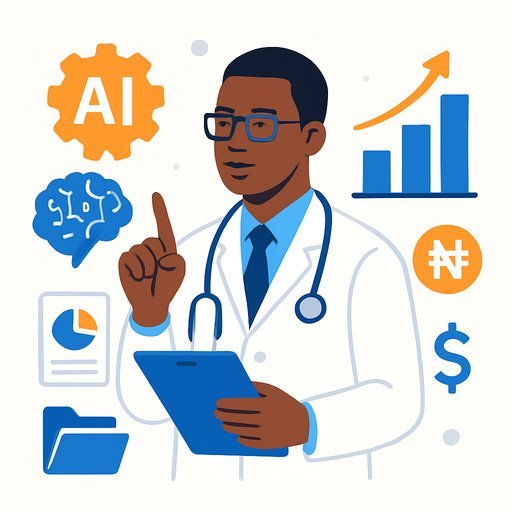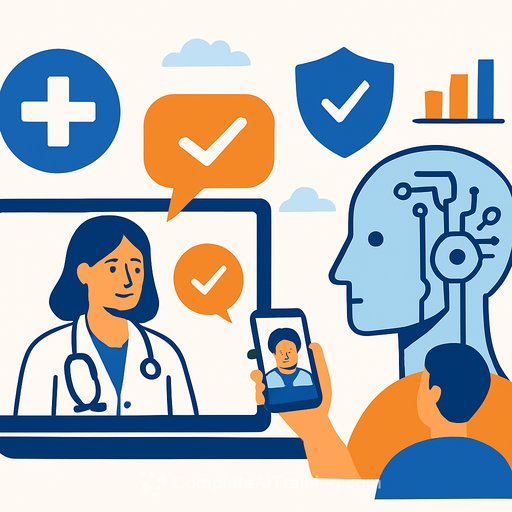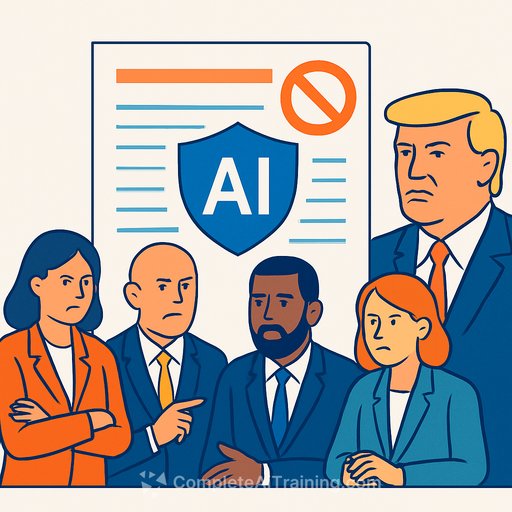How Google and Vitality are Partnering for AI Healthcare
Vitality Health and Google are working together to launch Vitality AI, a platform built on Google Cloud that gives people clear, personalised health guidance. The goal: move care from after-the-fact treatment to proactive support that helps people make better daily choices.
The timing matters. Non-communicable diseases like heart disease, cancer, and diabetes cause roughly 75% of deaths globally. Many cases can be delayed or prevented with consistent behavioral change. That's the gap this partnership aims to close with scale, data, and practical recommendations. See the WHO data on NCDs for context.
What Vitality AI actually does
Vitality AI runs on Google Cloud's AI stack, including Gemini models and Google Cloud Vertex AI. Vitality brings a large health dataset and deep experience driving behavior change through incentives and coaching.
The system uses de-identified datasets from Vitality across more than 2,800 dimensions: lifestyle habits, clinical signals, activity, and risk factors. From there, it produces clear next steps people can act on-what to do today, this week, and over time-to lower risk and improve outcomes.
It doesn't just flag risk; it explains the "why" in plain language and adds context that nudges healthier choices. For insurers and providers, that means guidance that people are more likely to follow.
Executive perspective
Adrian Gore, Group Chief Executive of Discovery Group, calls the partnership a shift in how care is delivered. Pairing Google's AI with Vitality's data and behavioral science creates a more complete picture of an individual's health and gives people the confidence to act.
Maureen Costello, Vice President, UK, Ireland and Sub-Saharan Africa at Google Cloud, highlights the broader scope: faster scientific progress, earlier detection, better treatment planning, stronger support for clinicians, and giving more people the information they need to live healthier.
Early indicators and measurable impact
Vitality reports its current insights have already increased screening rates by 5.5x and lifted early cancer detection by 19%. The expectation is that deeper personalisation and better delivery will expand these results across more conditions and populations.
For payers, the downstream effect is clear: earlier detection and healthier habits lead to fewer high-cost events and a slower rise in claims, especially for older adults and members managing chronic conditions.
Data, privacy, and trust
Vitality AI operates on de-identified data, with Google Cloud providing the controls to keep data protected and access tightly managed. That matters for member confidence and regulatory alignment across markets.
Health Connect support will make it easier for users to share activity and wellness data from devices and apps (including the existing Vitality-Fitbit relationship) in a controlled way. A dedicated partnership with YouTube Health will help scale credible wellness content alongside the AI guidance.
What to watch next
- Quality of recommendations across diverse populations and geographies
- Bias monitoring and outcome parity for high-risk groups
- Integration depth with care teams and existing care pathways
- Member experience delivery: timing, tone, and motivational framing
- Regulatory compliance as the platform expands into new territories
Operational impact for insurers and providers
This model makes prevention practical: surface risks early, communicate clearly, and reward consistent action. Expect better adherence to screenings, more high-value primary care visits, and fewer acute episodes.
Cost impact shows up in three places: reduced avoidable admissions, slower progression of chronic disease, and improved care coordination. The biggest gains come when recommendations are tied to benefits and incentives people already understand.
Playbook: how to prepare or partner
- Inventory your data: Map claims, EHR, wearables, pharmacy, and wellness sources. Close gaps that block risk modeling.
- Set guardrails: De-identification, consent flows, audit trails, and clear data-sharing policies from day one.
- Define north-star metrics: Screening uptake, condition control (A1C, BP), readmissions, cost per member, and member NPS.
- Integrate with benefits: Tie recommendations to incentives, care navigation, and virtual or in-person care.
- Support clinicians: Deliver concise risk flags and next steps in their workflow; avoid alert fatigue.
- Monitor fairness: Test for performance differences by age, gender, ethnicity, and socioeconomic status. Iterate fast.
- Pilot, then scale: Start with one or two high-burden conditions, measure rigorously, and expand based on results.
The bigger shift: proactive care at scale
The agreement deepens a decade-long relationship between Google and Discovery Group. Google will serve as Vitality's AI market partner to scale the platform and expand into new regions. Vitality will also tap Health Connect and YouTube Health to strengthen engagement and education.
For healthcare and insurance leaders, the takeaway is simple: pair strong data foundations with explainable AI, connect it to benefits and care teams, and measure behavior change relentlessly. That's how prevention becomes a reliable cost and outcomes strategy.
If your team is building similar capabilities or upskilling for AI-enabled care, explore role-based programs here: AI courses by job.
Your membership also unlocks:










